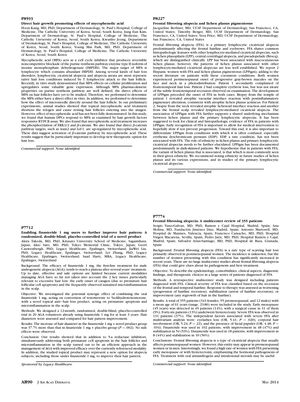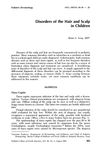Frontal Fibrosing Alopecia and Lichen Planus Pigmentosus
March 2014
in “
Journal of The American Academy of Dermatology
”

TLDR Mycophenolic acid may help hair growth, a combination treatment improves hair thickness in male hair loss, and early treatment of frontal fibrosing alopecia is important.
The document presents findings from various studies on hair loss conditions and treatments. One study investigated the direct hair growth-promoting effects of mycophenolic acid (MPA) and found that MPA treatment increases the phosphorylation of ERK1/2 and β-catenin, suggesting activation of the β-catenin pathway, which could be important for developing new hair loss therapies. Another study, a 12-month randomized, double-blind, placebo-controlled trial with 20 male volunteers, showed that combining oral finasteride 1 mg with a novel topical product addressing premature cell apoptosis and microinflammation in the scalp resulted in a 37.7% greater increase in hair diameter compared to finasteride alone, with no observed side effects. This suggests that addressing these two issues can enhance the management of androgenetic alopecia (AGA). Additionally, a report on two Hispanic women with frontal fibrosing alopecia (FFA) and lichen planus pigmentosus (LPPigm) supports a shared underlying mechanism between lichen planus and primary lymphocytic alopecias, emphasizing the importance of early recognition of FFA for medical intervention. Lastly, a multicenter review of 355 patients with FFA found that severe FFA was associated with eyelash loss, corporal hair involvement, and facial papules, and that treatment with oral antiandrogens and intralesional steroids may be useful, particularly noting a high rate of early menopause or hysterectomy among women with FFA, which may indicate a hormonal pathogenesis.

